The Curse of Oak Island- Season 5, Episode 7: The Lot Thickens
The following is a Plot Summary and Analysis of Season 5, Episode 7 of the History Channel’s TV series The Curse of Oak Island.
.
[SPOILER ALERT!!!]
.
.
Plot Summary
Rick Lagina, Marty Lagina, and Dave Blankenship meet at Drillhole H8 with Christian Carr of Conquest Engineering Ltd. and Andrew Folkins and Scott Jardine of Irving Equipment Ltd. Their ensuing conversation reveals that Oak Island Tours Inc. has tasked Irving Equipment Ltd. with sinking a shaft around H8 using rotating caissons and a hammergrab, similar to the excavation operations carried out in Season 4.
Later, Rick Lagina, Dave Blankenship, Charles Barkhouse, and Jack Begley meet in the War Room with local researcher Paul Speed. There, Speed presents his theory that Oak Island’s underground workings were constructed by 16th Century Cornish miners on the orders of English privateer Sir Francis Drake. Cornish miners, he argues, were some of Europe’s most competent excavators in the 15′, 16′, and 1700’s, and were uniquely equipped to construct deep subterranean tunnels like the Smith’s Cove flood tunnel due to their experience in building undersea coal mines. Speed posits that Sir Francis Drake, who hailed from the city of Plymouth near the eastern border of Cornwall, hired Cornish miners to inter New World Spanish plunder on Oak Island sometime in the 1500’s. Specifically, Speed believes that the treasure Drake decided to bury on Oak Island was silver he captured outside the town of Nombre de Dios, Panama, a major port utilized by the Spanish treasure fleet. When Rick asks Speed if there are any historic documents which indicate that Drake sailed to the North Atlantic, the researcher states that many of Drake’s records disappeared during his lifetime, having been confiscated by the English Crown. “There was something very serious going on here at that time for the English,” Speed says, “and if they wanted to keep the secret of Oak Island going for a while, they absolutely could.”
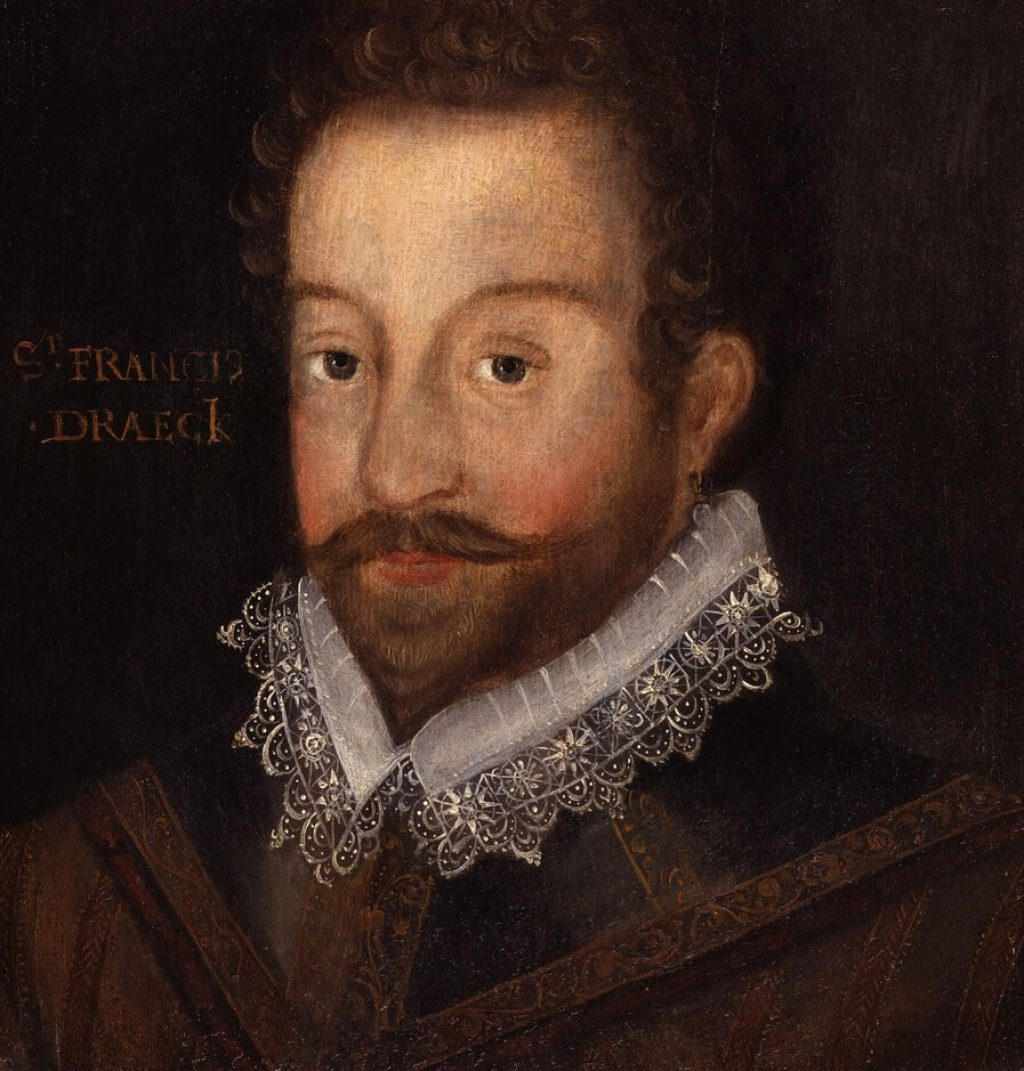
Upon being prompted by Rick, Speed suggests that Drake buried his treasure on Oak Island with the intention to return and recover it in the future. The narrator follows up on that suggestion by relating an old theory which holds that “Oak Island was used as a secret repository for treasure dating as far back as the days of the Knights Templar.”
Paul Speed concludes his presentation by suggesting that the Money Pit contains Francis Drake’s body in addition to some of his treasure; the privateer’s body, allegedly sealed in a lead coffin and cast into the sea somewhere in the Caribbean following the raiding expedition which claimed his life, has never been found. Speed further suggests that some of the metal objects encountered during Oak Island Tours Inc.’s various drilling operations in the Money Pit area might constitute Drake’s coffin.
Later, Charles Barkhouse, Jack Begley, Gary Drayton, and Laird Niven prepare for a metal detecting excursion on Oak Island’s Lot 26. Before they head to their destination, Barkhouse reminds the treasure hunters that Lot 26 was once owned by 18th privateer-turned-pirate Captain James Anderson, who sold it to slave-turned-landowner Samuel Ball in 1788.
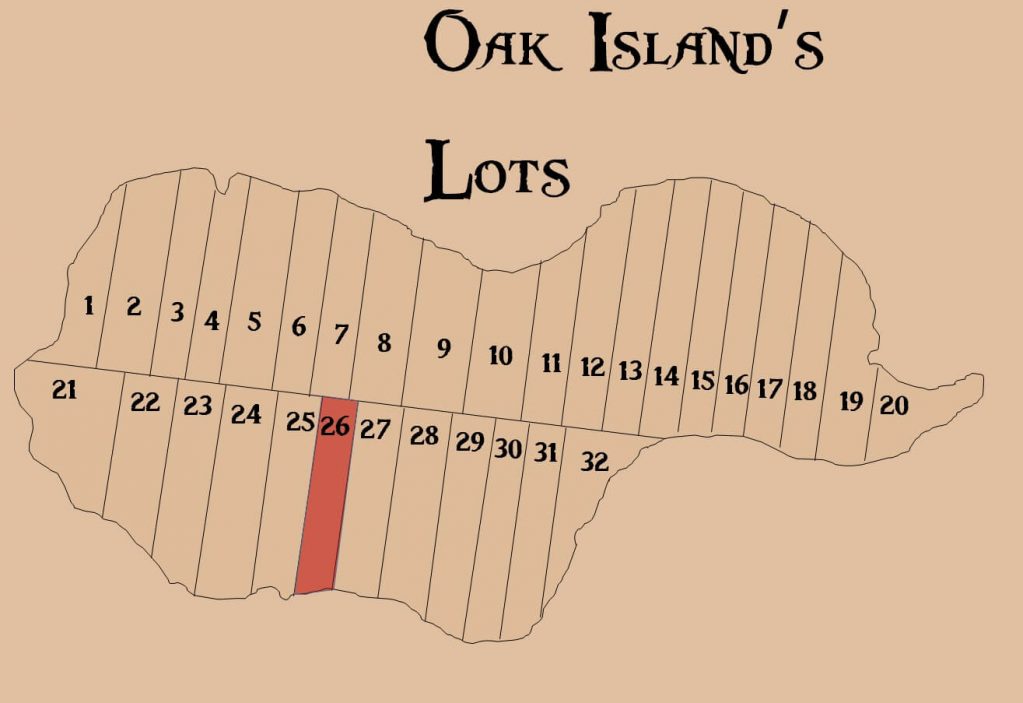
After searching the inland end of Lot 26 for some time without much success, Drayton decides that he and the team ought to head towards the beach. On the way, the treasure hunters come across an old wall-like structure made of rocks, which Jack Begley and Charles Barkhouse suggest might be the remains a ramp which once led down to the water. Further on, they find a square depression in the soil, which Begley speculates might be the site at which Captain James Anderson buried some of the loot that he acquired during the American War of Independence. When he suggests that they dig into the depression in order to see what lies beneath, Niven informs him that such an excavation would require a special digging permit.
While Barkhouse, Begley, Drayton, and Niven continue to metal detect on Lot 26, Rick and Marty Lagina and Craig Tester meet with Dr. Christa Brosseau and Dr. Xiang Yang at Saint Mary’s University in Halifax. There, the treasure hunters watch as the scientists examine an object found in the spoils of Drillhole H8 the previous episode, which Jack Begley believed to be a piece of parchment. While Brosseau and Yang examine the object with an electron microscope, the narrator explains how milled paper gradually superseded parchment as Europe’s primary writing material in the late 15th Century, its rise coinciding with that of the printing press.
After noting that the object contains animal fibres, as sheepskin parchment ought to, Brosseau and Yang turn their attention towards an unidentified item found in the same section of H8 spoils as the suspected parchment, namely a fragment of what Dan Henskee believed to be shoe leather. After studying it under a microscope, the scientists confirm that the item is indeed composed of leather, and observe a parchment-like material which seems to be woven through it. Brosseau suggests that the object might be a product of book-binding, prompting Craig Tester to remark upon the congruence of this possibility with the theory (pushed most recently by Norwegian researcher Petter Amundsen) that Shakespeare’s original manuscripts, actually handwritten by English nobleman Sir Francis Bacon, are buried in the Money Pit. In a later interview, Marty Lagina states that Brosseau and Yang’s analysis of the items brought up from H8 only serve to strengthen his conviction that H8 intersected the original Money Pit.
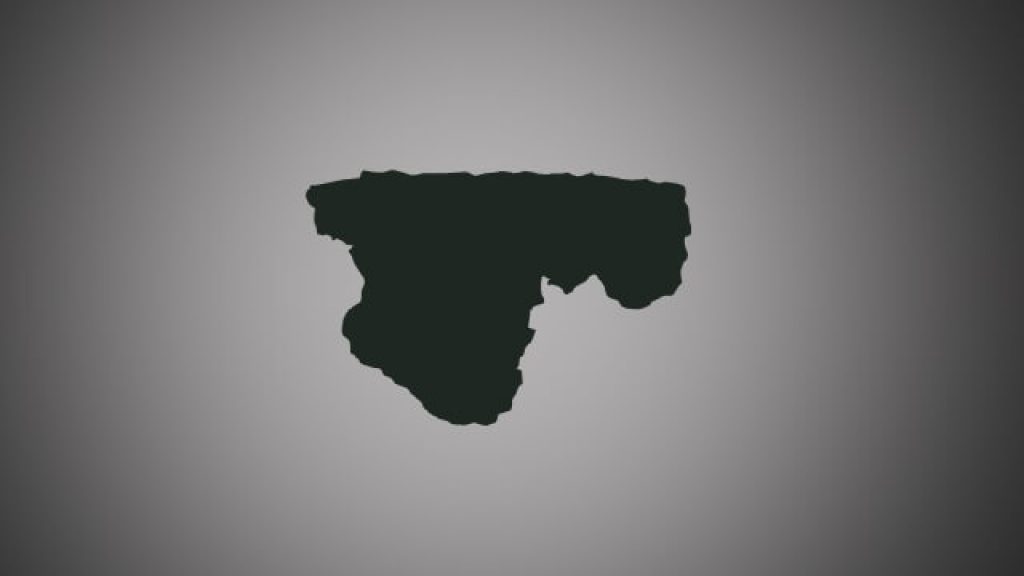
Three days later, Jack Begley, Gary Drayton, and Laird Niven show Marty and Alex Lagina the square depression in the soil of Oak Island’s Lot 26. Since Niven has secured the necessary digging permit, the treasure hunters decide to excavate the depression with a backhoe. Unfortunately, they recover nothing of interest.
Two days later, Rick Lagina, Dave Blankenship, and Laird Niven, along with Marty Lagina, who is present via video conference, meet in the War Room. There, they call up Dr. Timothy Frasier, an Associate Professor of Biology at St. Mary’s University, in order to learn the results of DNA sequencing performed on the two fragments of human bone found in the H8 spoils. Frasier informs the treasure hunters that one of the bones belongs to something called ‘Group H’, “the most common group found among Europeans,” and that the other belongs to Group T, “a group that has ancestry in the Middle East.” Marty expresses his astonishment at the fact that the bones of a person of Middle Eastern descent lie within the Money Pit and suggests that the Group T bone fragment gives credence to the theory that the Knights Templar (who were headquartered in the Middle East during the Crusades) were behind the Oak Island mystery.
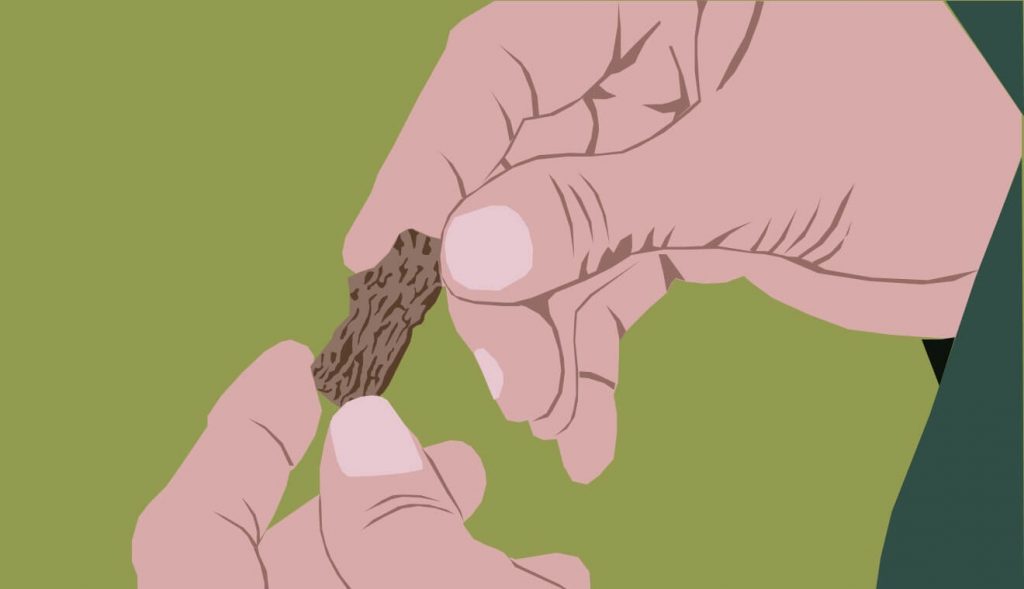
Later, Rick Lagina and Dave Blankenship meet with Mike Jardine and Andrew Folkins of Irving Equipment Ltd. at the Money Pit area, which has been cleared and leveled for an excavation at H8. The contractors inform the treasure hunters that the work site is sufficiently prepped, and that excavation will commence once all the necessary equipment has been shipped to the island. The men look on as some of this equipment makes its way across the OA Island causeway.
Analysis
Cornish Sub-Thalassic Tunnels
During this episode, researcher Paul Speed suggests that Oak Island’s underground workings were most likely constructed by 16th Century Cornish miners on account of the fact that these miners were experienced in the construction of tunnels beneath the seabed (also known as sub-thalassic mines)- structures somewhat evocative of the Smith’s Cove flood tunnel.
Perhaps the best examples of early sub-thalassic mines are the undersea coal mines designed by Scottish engineer Sir George Bruce of Carnock in the 16th and early 17th Centuries. The first of these is the Castlehill shaft, which exploited a coal seam than ran beneath the River Forth in the Scottish Midlands. In order to ventilate the underwater mine, Bruce built an artificial island in the middle of the river and sank a shaft through it. Bruce’s underwater mine garnered much attention, and in 1617, King James VI of Scotland (James I of England) asked for a tour of it. When the King emerged from the shaft on the artificial island, surrounded by water, he accused Bruce of treason and attempted regicide. Only after Bruce pointed out a nearby rowing boat were the king’s fears allayed.
Sir Francis Drake
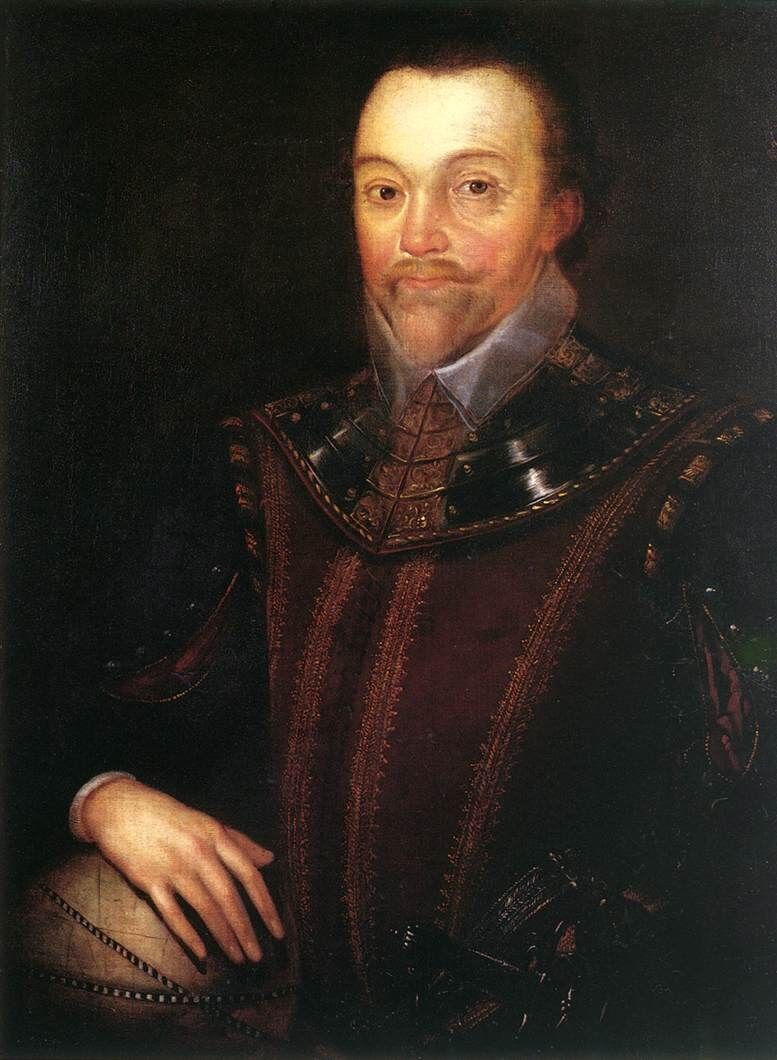
In this episode, researcher Paul Speed argues that the Oak Island treasure consists of New World Spanish treasure and the corpse of the man who plundered it- 16th Century English privateer Sir Francis Drake.
Francis Drake was born in the early 1540’s in the market town of Tavistock, West Devon, England to a humble Protestant farmer. In the 1560’s, the young farm hand secured a position in a small merchant fleet belonging to his cousin, John Hawkins, a sea captain and pioneer of the British slave trade. In the ensuing years, Drake, Hawkins, and the crew embarked upon a series of expeditions to the coast of West Africa, where they plundered Portuguese slave ships, loaded their own vessels with African slaves, and shipped their human cargo to the Caribbean. There, the English adventurers sold the slaves they captured to Spanish colonists in defiance of Spanish law (at that time, King Philip II of Spain forbade his subjects from trading with English merchants). These voyages constituted Drake’s initiation into a lifetime of seafaring.
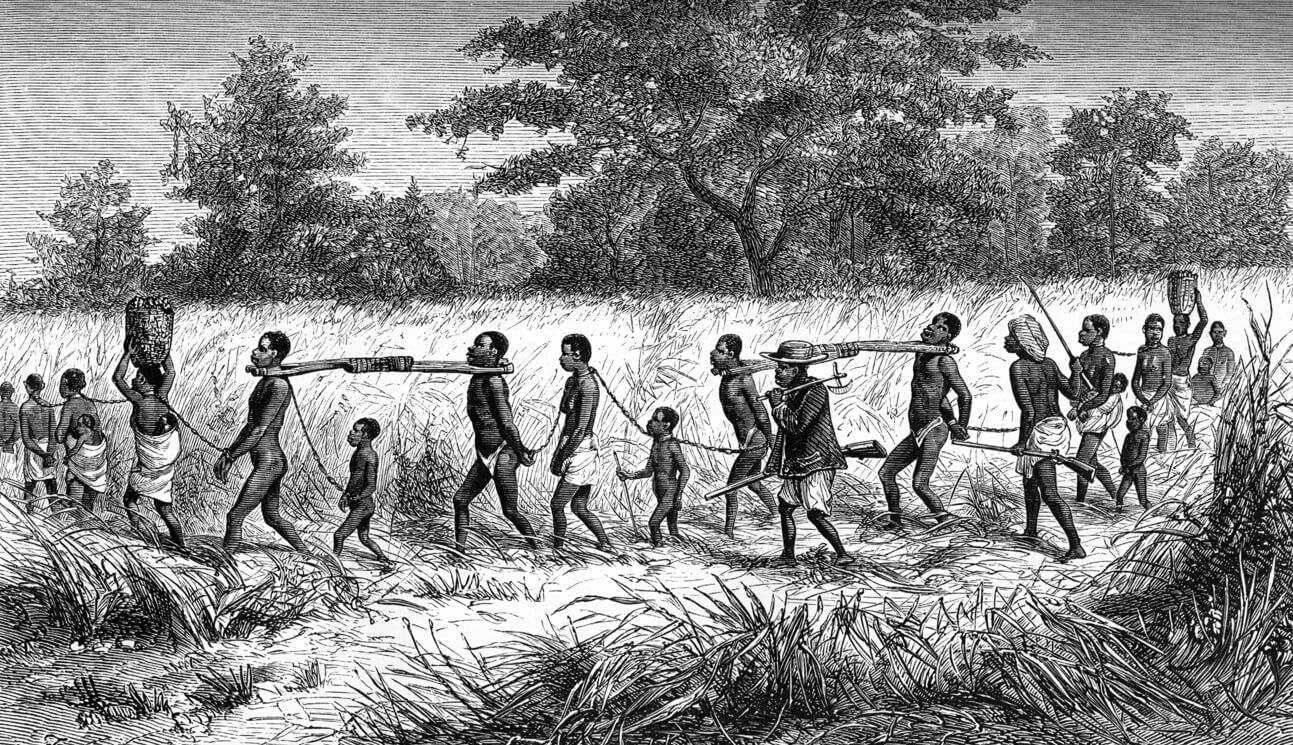
In 1568, during another slave-trading expedition, Drake and Hawkins, the former now a captain of his own ship, were beset by a hurricane off the coast of Cuba. The Englishmen and their crew survived the storm, but were forced to repair their damaged ships and take on fresh water at San Juan de Ulua, an island in the Gulf of Mexico adjacent to the port town of Veracruz. Although Spanish colonists who manned the fortress at Veracruz initially allowed the Englishmen to repair their ships in peace, Drake and Hawkins and their crews soon found themselves surrounded by Spanish warships, one of them carrying Don Martin Enriquez de Almanza, the Viceroy of New Spain. In spite of the fact that England and Spain were not officially at war at the time, the Spanish launched a surprise attack on the Englishmen as punishment for their illicit activities. During the eight hour battle that ensued, the English lost five ships and 500 men, while the Spanish lost only two ships and 20 men. Drake and Hawkins barely escaped with their lives.
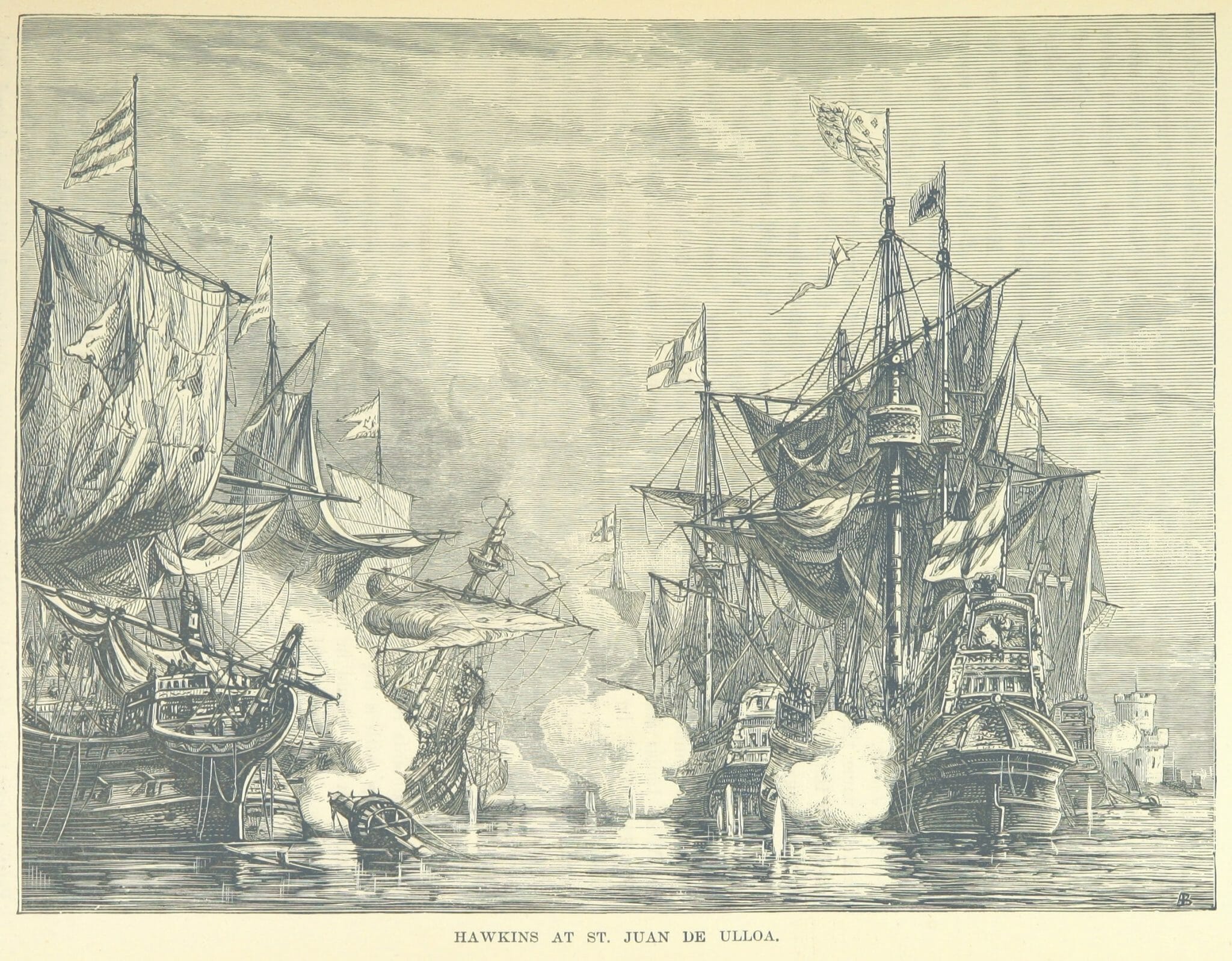
The incident at San Juan de Ulua imbued Drake with a fierce hatred of the Spanish, and in 1572, he sailed across the Atlantic to Panama, determined to seize Spanish treasure.
At that time, the Spanish shipped silver from their Peruvian mines up the Pacific Coast to Panama City, where they loaded it onto mule carts and packed it overland, through the Panamanian jungle, to the port town of Nombre de Dios, on the Atlantic Coast. There, the Spanish loaded their silver onto galleons and shipped them across the ocean to Spain by way of Havana.
Drake and his crew arrived at Nombre de Dios in July and attempted to raid the warehouses where the silver was stored. During an ensuing skirmish with the town’s defenders, Drake suffered a gunshot wound to the leg and was forced by his crew to retreat empty-handed.
Since England and Spain were not officially at war at the time, Drake knew that he and his crew would have to acquire treasure before they made the journey home; Queen Elizabeth I, the implacable “Virgin Queen” of England, would almost certainly punish them for their politically-compromising raids unless they compensated her handsomely. Accordingly, he and his crew hid out in the Panamanian jungle for nearly a year, during which time they allied themselves with jungle-dwelling Cimarrons– African slaves who had escaped their Spanish masters- and a crew of French privateers. On one occasion, a Cimarron bushman urged Drake to climb a tall tree in the middle of the rainforest. From its canopy, the pirate could see not only the Atlantic but also the legendary Pacific Ocean, which no Englishman had ever set eyes on before.
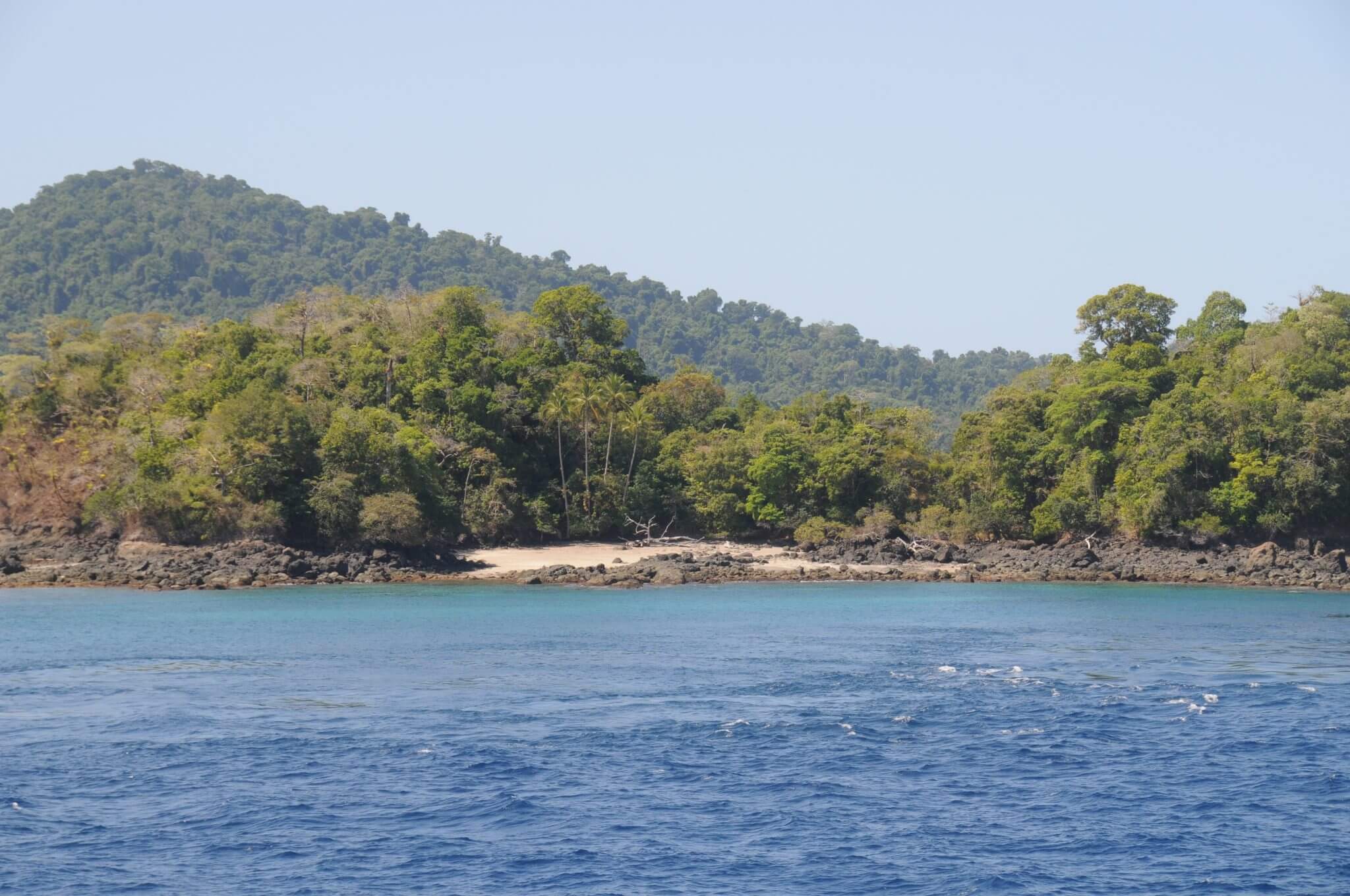
In the spring of 1563, Drake and his crew, along with their French and Cimarron allies, ambushed the annual Spanish silver train in the jungle about one mile from Nombre de Dios. The Spanish guards and their slaves were completely unprepared for the assault and fled into the jungle, abandoning the treasure they were tasked with transporting. The pirates, upon appraising their plunder, were ecstatic to learn that they had captured a whopping 30 tons of silver and gold. Unable to carry all of their plunder with them, Drake and his crew are said to have buried much of their booty on the beach before setting sail for England with around 150,000 pesos-worth of treasure. Upon his return, Drake was praised in England as a daring privateer, and condemned in Spain as an unscrupulous pirate.
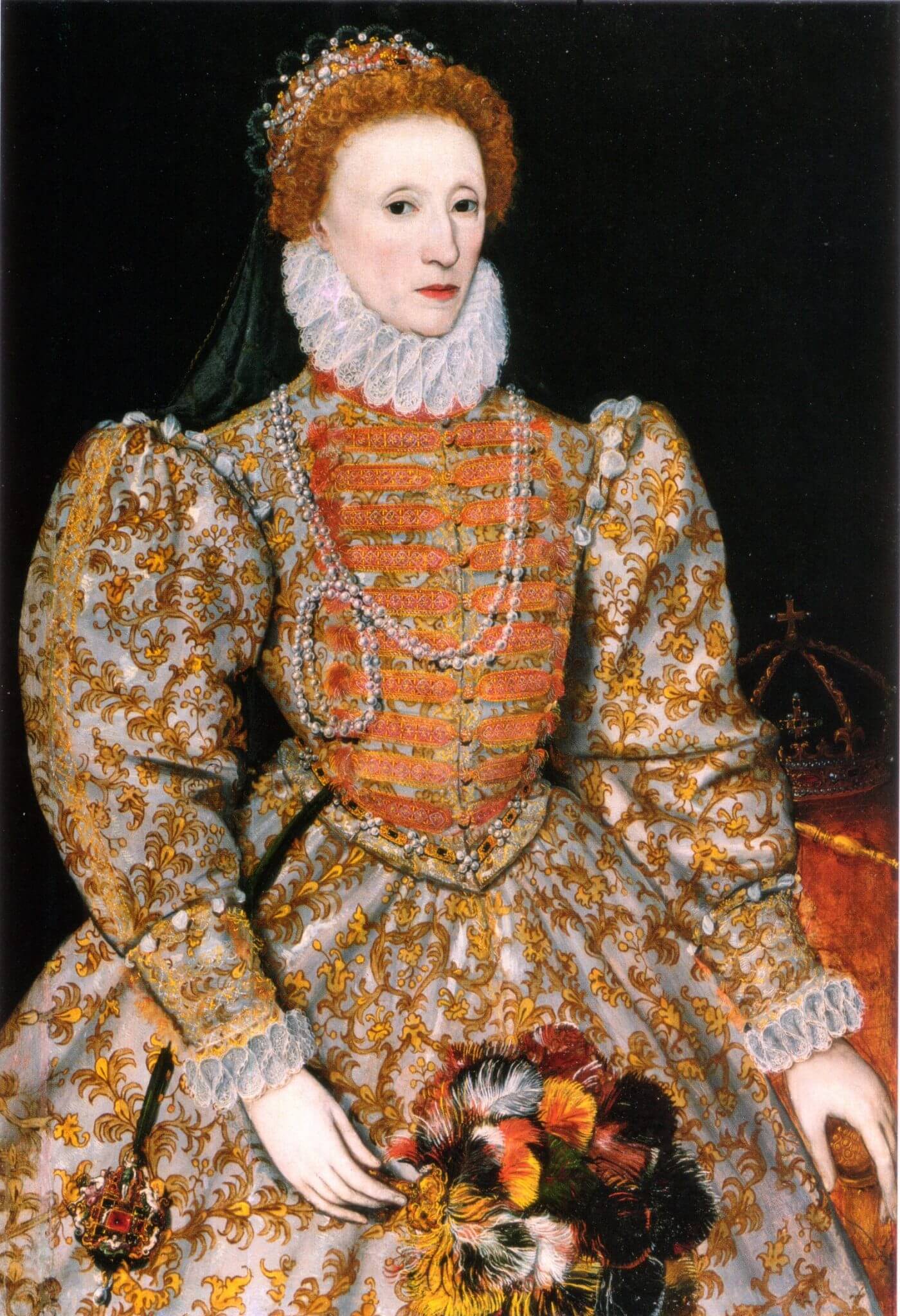
In 1576, Queen Elizabeth I of England called upon the privateer, who had spent the past decade enjoying his hard-earned wealth, and tasked him with a top secret mission. The queen commanded Drake to lead an expedition against Spain’s New World colony on the Pacific Coast of the Americas, swearing him to keep his orders secret on pain of death. In December 1577, Drake embarked upon this expedition with five ships and 164 men, initially telling his crew that they were headed for the city of Alexandria, Egypt on a trading voyage. At the Straits of Gibraltar, Drake suddenly ordered his oblivious crew to head southwest down the west coast of Africa, and finally across the Atlantic to the east coast of South America.
Drake lost much of his crew to disease while crossing the Atlantic and was forced to abandon two of his ships along the way. By the time he reached San Julian, a natural port on the southeastern coast of what would one day become Argentina, many of his crew members, including a handful of aristocratic officers, were beginning to question his leadership.
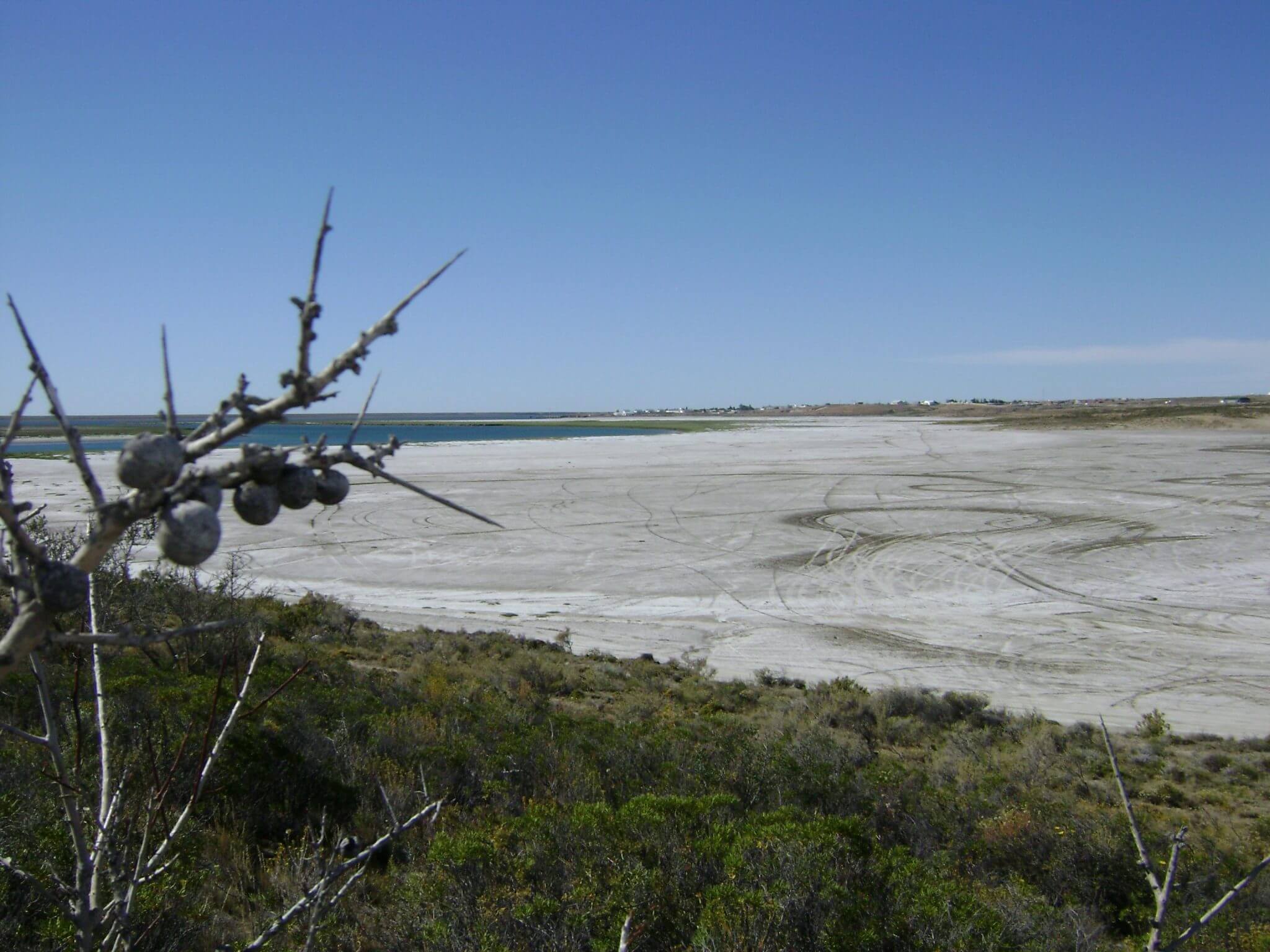
On the beaches of San Julian, Drake and his crew came upon a number of sun-bleached human skeletons impaled on spikes- the grisly remains of mutineers who were hanged, drawn, and quartered 58 years prior on the orders of Ferdinand Magellan (the Portuguese explorer who, along with his successor, Juan Sebastian Elcano, led the first successful circumnavigation of the globe (Magellan himself was killed by Filipino warriors during the Battle of Mactan before the voyage was completed)). Perhaps following Magellan’s lead, Drake decided to make an example of his friend Thomas Doughty, who was foremost among the gentleman who were beginning to question his authority. In the summer of 1578, Drake accused Doughty of witchcraft, mutiny, and treason. In a kangaroo court over which Drake presided as prosecutor and judge, Doughty was convicted of mutiny alone and sentenced to death.
Following the verdict, Drake and Doughty took Holy Communion and dined together in the captain’s cabin. Francis Fletcher, the clergyman who administered the Communion, described this strange event in a later reminiscence:
“And after this holy repast, they dined also at the same table together, as cheerfully, in sobriety, as ever in their lives they had done aforetime, each cheering up the other, and taking their leave, by drinking each to other, as if some journey only had been in hand.”
On July 2, 1578, Thomas Doughty was beheaded, his last words being an exhortation to the executioner to swing his axe without reservation. Shortly thereafter, Drake changed the name of his flagship from the Pelican to the Golden Hind, perhaps in an effort to smooth over the incident.
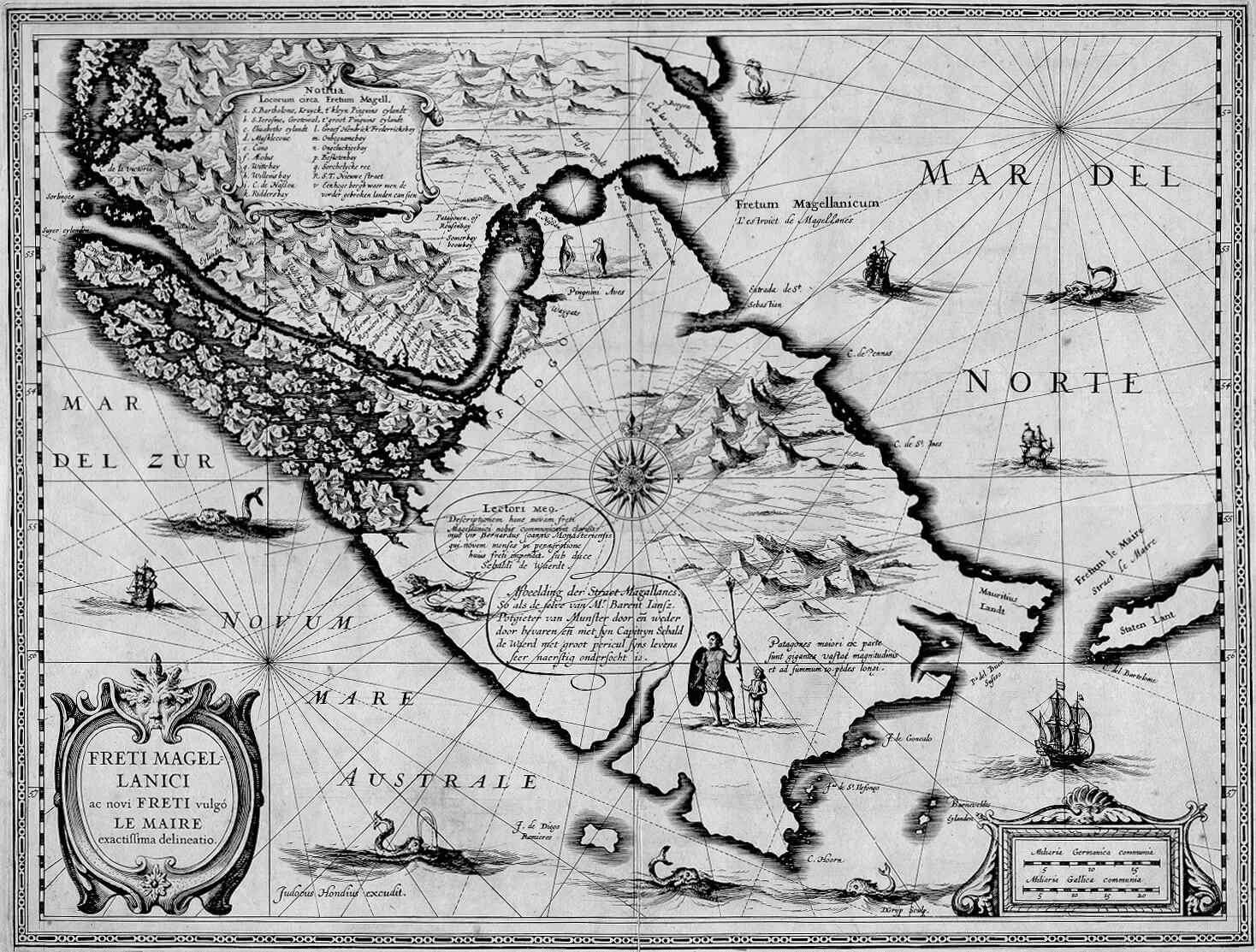
That fall, Drake and his crew set sail for the Straits of Magellan, a narrow waterway separating the southern tip of mainland South America from the island of Tierra del Fuego. They successfully navigated the passage, engaging in a minor skirmish with native warriors en route. Upon entering the Pacific Ocean, they were beset by violent storms which pushed them southwards. Drake lost two of his three remaining ships to these tempests; one sank, taking its captain and crew with it to the bottom of the sea, while the other was forced to return to England.
When the sea finally settled, Drake and the crew of the Golden Hind sailed alone up the coast of Chile and Peru, raiding a number of Spanish ships and towns along the way and accumulating a wealth of treasure in the process. Their greatest prize was an enormous Spanish galleon called Nuestra Senora de la Concepcion, more commonly known by its less reverent nickname, the Cacafuego. From this vessel, they appropriated 28 tons of silver ingots, 80 lbs (36 kg) of gold, 13 chests of plate (plate being an antiquated term for silver coins), a golden crucifix encrusted with emeralds, and a quantity of jewels, valued 360,000 pesos in total. Drake and his crew were wildly successful in their raids, often capturing ships and towns with little bloodshed on account of Drake’s wily tactics and the fact that the Spanish were not expecting to encounter English pirates in the Pacific.
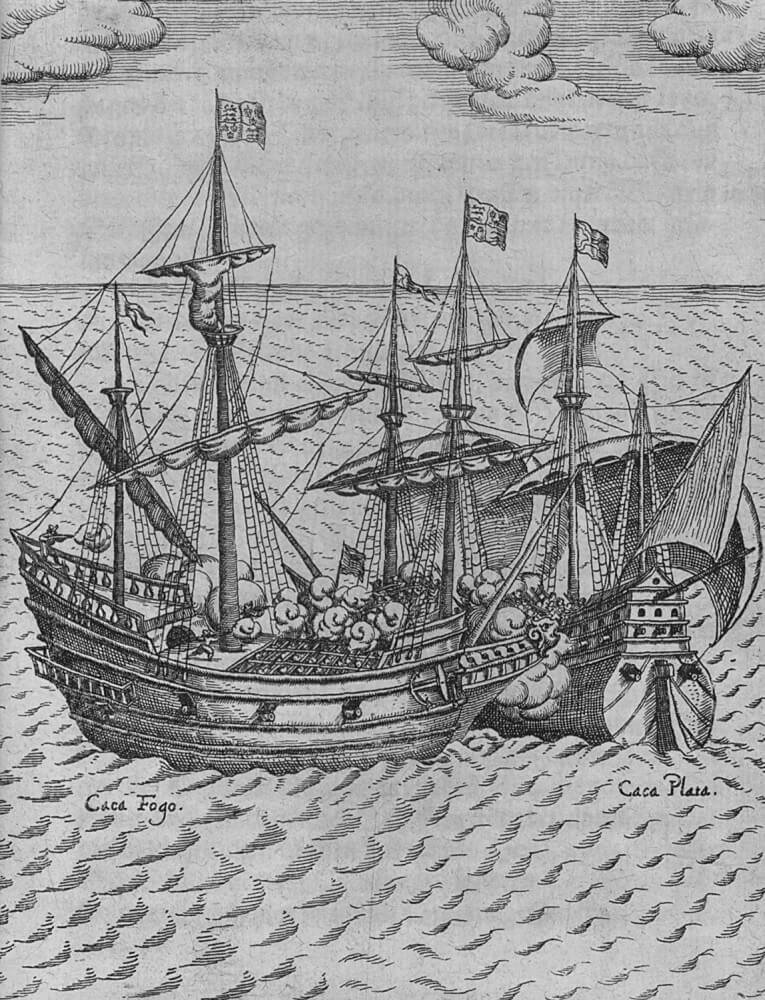
Every time Drake and his crew raided a Spanish ship or port, colonial authorities reported the incident to King Philip II of Spain, and every time the Spanish king complained of Drake and his band of marauders to Queen Elizabeth I of England, the Queen officially condemned the pirate’s actions, although she reveled in them in secret.
Drake and his sailors continued northwards, hoping to intercept a Spanish treasure galleon inbound from Manila. When the galleon failed to appear, they sailed further north in search of the fabled Northwest Passage- a legendary sea route through North America which was said to connect the Atlantic and Pacific Oceans. Some believe that Drake and his crew traveled as far north as Vancouver Island before turning around. When they had reached a point off the coast of what is now northern California (or perhaps southern Oregon), they disembarked on the mainland, mingled with friendly natives, and claimed the land, which they named Nova Albion (archaic Latin for “New Britain”), for the Queen of England.
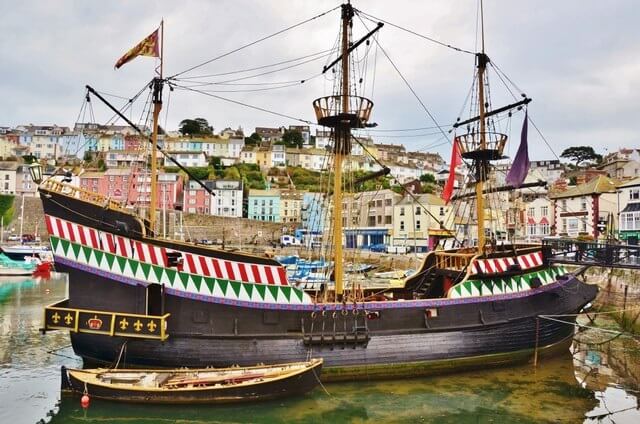
The crew of the Golden Hind left Nova Albion and voyaged across the Pacific to the Maluku Islands (also known as the Spice Islands due to their global monopoly on the production of nutmeg and cloves) in the Indonesian archipelago. There, Drake befriended the local sultan (the Malaku Islands had been governed by minor sultanates since the arrival of Arab merchants in the 14th Century and the subsequent conversion of the locals to Islam), who had just had a falling out with Portuguese traders, and secured for England a monopoly on trade in the area, thereby paving the way for the British East India Company. That accomplished, the crew sailed through the waters of Southeast Asia and across the Indian Ocean to the Cape of Good Hope, on the southern tip of Africa. From there, they traveled northwest, stopping briefly in Sierra Leone before finally returning to England in 1580, successfully completing the second-ever circumnavigation of the globe. Queen Elizabeth, in accordance with her and Drake’s arrangement, received half of the treasure held in the hold of the Golden Hind, while Drake, his crew, and the voyage’s investors shared the rest. Much to their delight, the Queen and the other financiers learned that they had received a 4700% return on their initial investments.
Curiously, upon Drake’s return, Queen Elizabeth declared that all written accounts of his voyage were to be secrets of the Crown, and had the nautical charts that Drake and his cartographers had produced during their circumnavigation, as well as the logbook of the Golden Hind, locked away in the Tower of London. She also forbade Drake and his sailors from publishing any memoirs relating details of the voyage on pain of death. Today, the whereabouts of most contemporary documents related to Drake’s circumnavigation of the globe remain a mystery.
The following year, Queen Elizabeth dubbed Drake a knight aboard the Golden Hind. With his new wealth and status, Sir Francis Drake spent the first half of the 1580’s dabbling in English politics and public service.
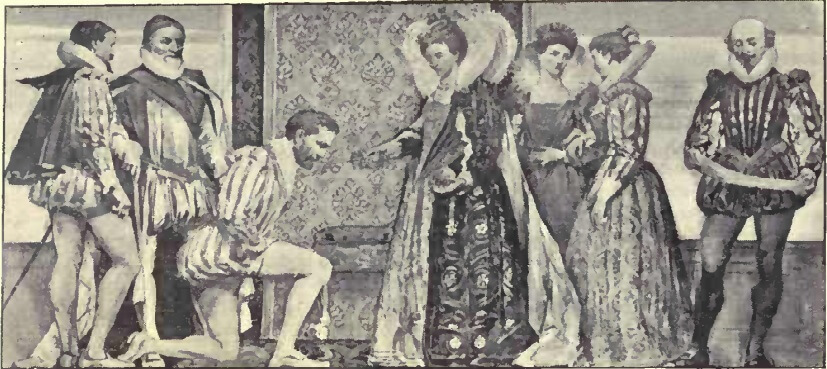
In 1585, Spain finally declared war on England in response to Queen Elizabeth’s alliance with Protestant Dutch rebels. At that time, the area comprising what is now Holland, Belgium, and Luxembourg constituted seventeen provinces of the Spanish Empire, known collectively as the Spanish Netherlands. Since 1568, Dutch nobles of Lutheran, Calvinist, and Anabaptist persuasion, resentful of Spanish taxes and the Roman Catholic status quo, had led a revolt against Spanish rule in what is known today as the Eighty Years’ War, or the Dutch War of Independence. In the summer of 1585, Queen Elizabeth I of England agreed to dispatch 6,400 foot soldiers and 1,000 cavalrymen to the city of Antwerp (in modern-day Belgium) to help Dutch defenders lift a Spanish siege. For this reason, King Philip II declared war on England.
As soon as this Anglo-Spanish War was declared, Queen Elizabeth commanded Sir Francis Drake to preemptively strike the Spanish in their New World colonies. In September 1585, Drake led a 21-ship, 1,800-soldier expedition to the Caribbean, attacking several Old World Spanish and Portuguese towns along the way. When he finally reached the Spanish West Indies (as the Caribbean was know at the time), he captured the town of Santo Domingo on the island of Hispaniola, the capital of the Spanish New World, and ransomed it back to the governor. He repeated a similar performance at Cartagena de Indias, a Spanish colonial town located on the northern coast of what is now Colombia.
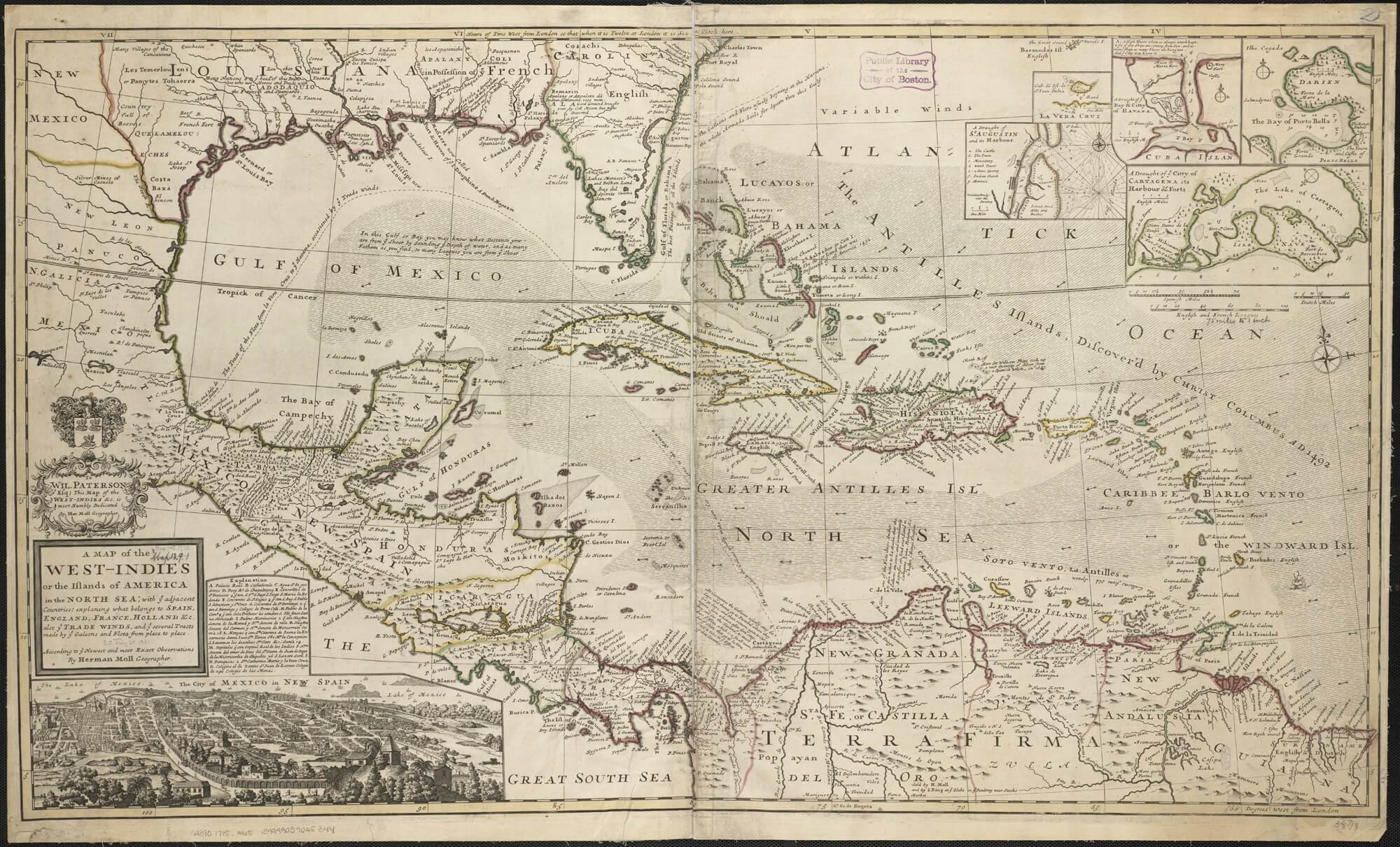
Following this second success, Drake and his men sailed to the Spanish colony of Florida, where they sacked the town of San Augustin (present-day Saint Augustine). That accomplished, they sailed to Virginia, where English gentleman Sir Walter Raleigh had established an experimental English colony. There, Drake and his men picked up a number of disgruntled colonists and sailed back to England, their ships laden with Spanish treasure. (Although it is not necessarily relevant to Drake’s biography, it is interesting to note that, sometime during the ensuing Anglo-Spanish War, the inhabitants of the Ranoake Colony mysteriously disappeared, earning Ranoake the nickname the “Lost Colony”)
Drake’s devastating raids earned him a ferocious reputation among the Spanish. Colonists throughout New Spain began to refer to him as El Draque- the Dragon. In the aftermath of Drake’s 1585/86 expedition, and in response to the execution of Mary, Queen of Scots (the Catholic monarch of Scotland who was brutally beheaded on the orders of the Protestant Queen Elizabeth, her cousin), King Philip I of Spain planned a full-scale invasion of England.
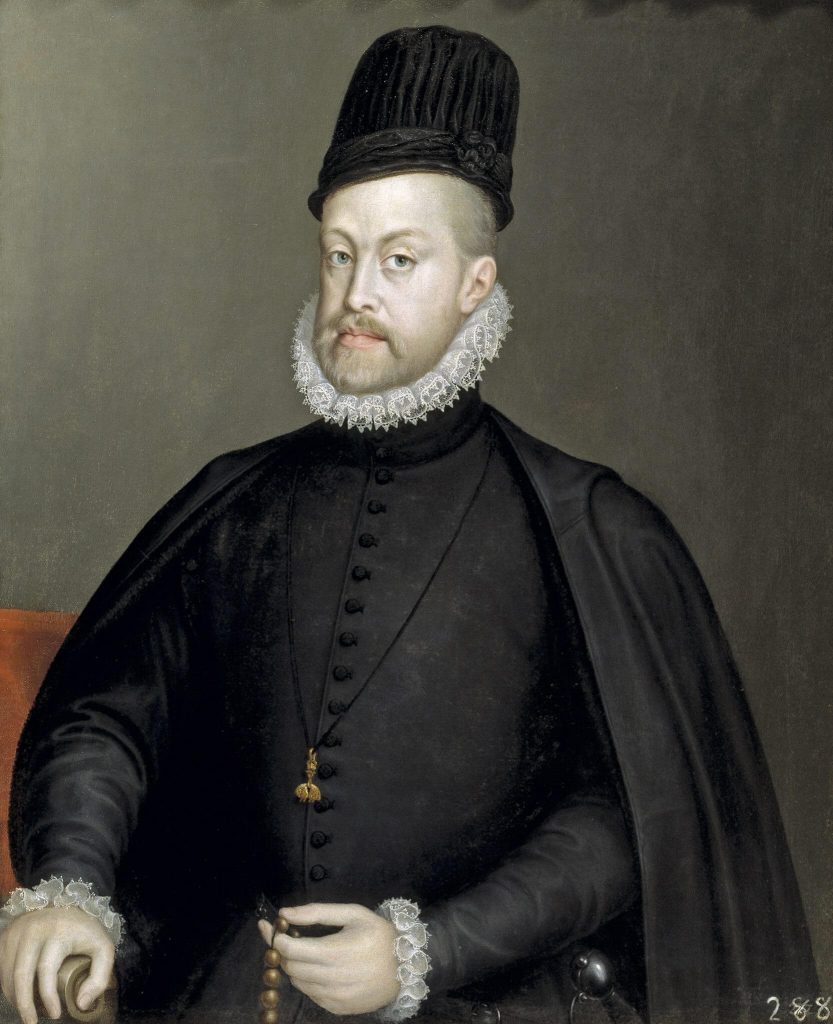
Upon learning of the planned invasion, the English queen ordered Drake to carry out another preemptive strike on Spain, specifically on the port city of Cadiz on Spain’s southwestern coast, where the great Spanish Armada was anchored. The Spanish Armada was an enormous fleet consisting of 130 warships, 8,000 sailors, 18,000 soldiers, 1,500 brass cannons, and 1,000 iron cannons, and constituted the mightiest navy in Europe at the time. Drake’s subsequent raid on Cadiz, which resulted in the destruction of much of the Spanish fleet, was derisively named ‘Singeing the King of Spain’s Beard’. In the aftermath of the raid, Drake captured the Sao Filipe, a Portuguese-Spanish treasure galleon fresh from the Caribbean, laden with a years’ worth of gold, silver, and spices.
Following the raid on Cadiz, Sir Francis Drake was promoted to Vice Admiral of the English fleet. Legend has it that in 1588, when the Spanish Armada finally set sail for England, Drake was playing a game of bowls. When he received the news that the Spanish were approaching, he was unperturbed, remarking that there was plenty of time to both finish the game and still beat the Spaniards. In any case, Drake led his ships, which were smaller and more maneuverable (although far less numerous) than their magnificent Spanish counterparts, around the Spanish fleet. There, situated at a point off the coast of Calais, France, he sent a number of fire ships (abandoned ships filled with explosives and set on fire) after the Spanish and chased them down the English Channel. After engaging the English in a long-distance cannon battle in the waters off Gravelines, a port city in the Spanish Netherlands (Drake was careful to stay out of range of Spanish grappling hooks, as the Spanish had an advantage over the English in close-quarters combat), the panicked Spanish retreated for home, their great Armada in tatters. Drake’s victory over the Spanish Armada effectively ended Spain’s naval supremacy in Europe.
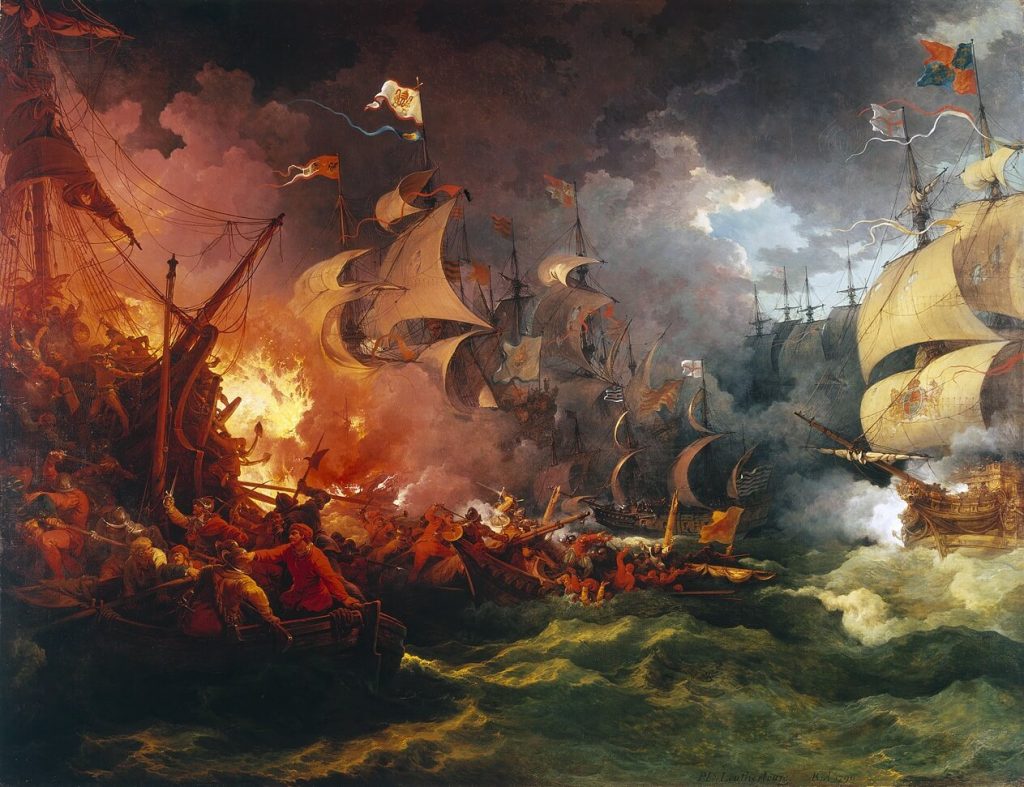
The following year, Drake and celebrated English soldier Sir John Norreys were tasked with destroying the remainder of the Spanish fleet and aiding Spanish-averse rebels in taking Lisbon, Portugal. They failed to complete either objective. Six years later, Drake led an expedition to South America, where he suffered a number of defeats at the hands of the Spanish. Several weeks after the Battle of San Juan, his final defeat, Sir Francis Drake succumbed to dysentery and was buried at sea in a lead casket. To date, his coffin has never been rediscovered.
The Rise and Fall of Parchment
In this episode, Dr. Christa Brosseau and Dr. Xiang Yang affirm that one of the items discovered in Drillhole H8 appears to be a fragment of animal skin parchment.
Parchment is a writing material consisting of scraped and dried sheep, calf, or goat skin. Although parchment has been used for many millennia in the Old World, it only began to supplant papyrus- the writing material favoured in classical antiquity- in the 4th Century A.D., when Christianity was decreed the official faith of the Roman Empire. Early Christian missionaries preferred to transcribe the Gospel on parchment rather than papyrus due to its durability and the fact that parchment sheets could be bound as codices, which were more easily referenced than papyrus scrolls. When Christianity became mainstream in the Roman Empire, this preference for parchment spread throughout Europe and the Mediterranean.
Parchment retained it’s popularity after the Fall of the Roman Empire, throughout the Dark Ages, and into the Middle Ages, during which time it was used primarily as a medium by which to proliferate the Gospel. Christian monks, working in monasteries by candlelight, copied holy scripture from parchment to parchment, producing spectacular illuminated manuscripts filled with calligraphy and brilliant images.
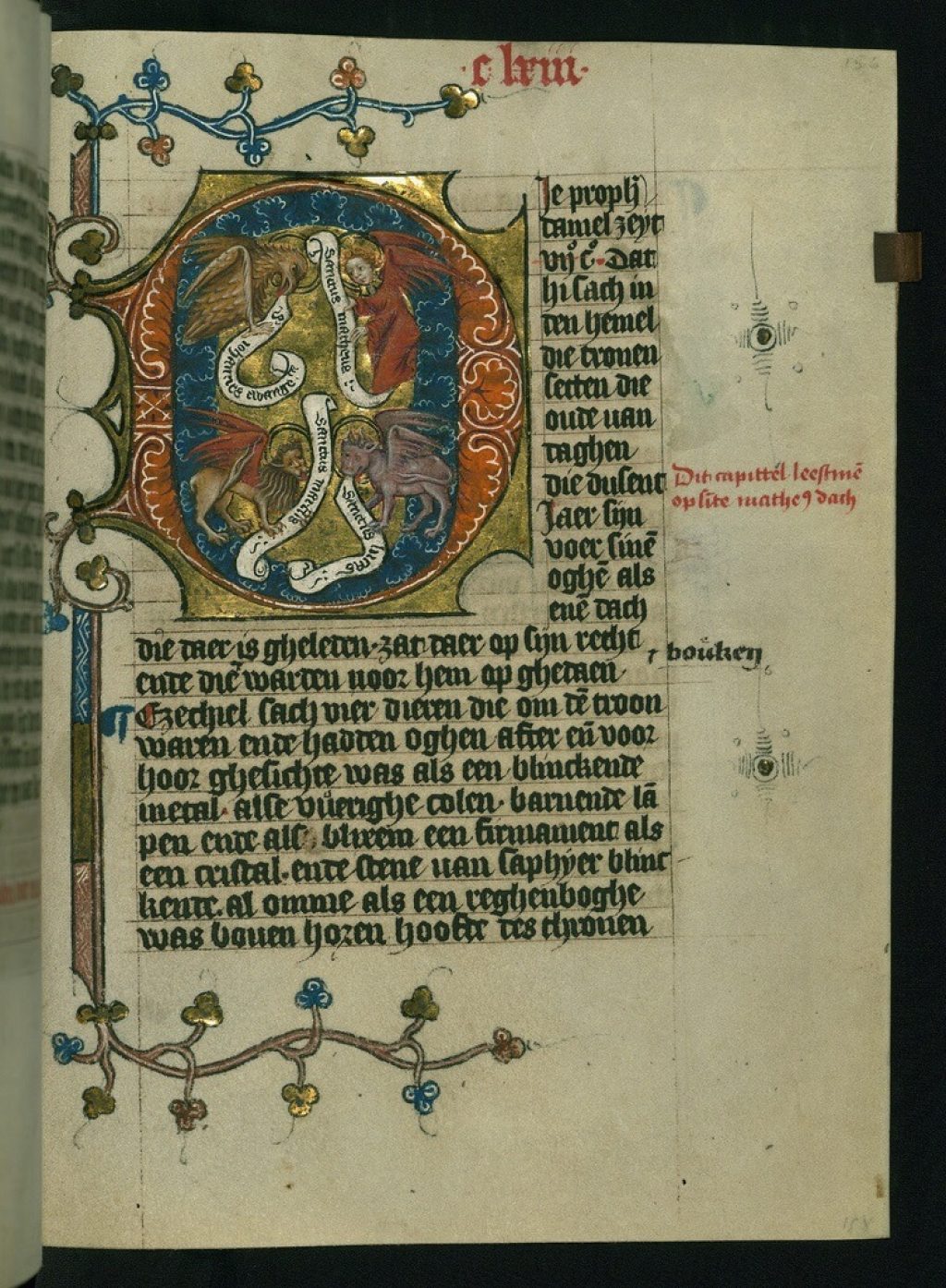
By the Late Medieval Period, milled paper- a Chinese invention which’s recipe made its way to the Middle East, and further still to Europe, via the Silk Road- began to grow in popularity as increased literacy among laymen created a demand for a cheaper alternative to parchment. Following German blacksmith Johannes Gutenberg’s invention of the printing press in the mid-15th Century, paper gradually replaced parchment as Europe’s primary writing material. By the 17th Century, animal skin parchment was reserved for Church and state documents of the highest importance.
Group H and Group T Bones
In this episode, Dr. Timothy Frasier of St. Mary’s University informs the Oak Island team that the two human bones recovered from Drillhole H8 belong to things called ‘Group H’ and ‘Group T’, respectively. Group H, Frasier claimed, is “the most common group found among Europeans,” while Group T is “a group that has ancestry in the Middle East.”

The two groups to which Dr. Frasier referred are what are known as human mitochondrial DNA haplogroups. In order to understand these groups, we must first come to a general understanding of DNA.
DNA (an acronym for deoxyribonucleic acid) is a molecule which acts as a sort of blueprint for living organisms. The information it contains comes in the form of a code made up of four different chemicals called nucleobases (namely: adenine, guanine, cytosine, and thymine) arranged in pairs, called ‘base pairs’, which are, in turn, sandwiched between two spirals made of sugars and phosphates. The order in which these base pairs are arranged determines the information the DNA contains.
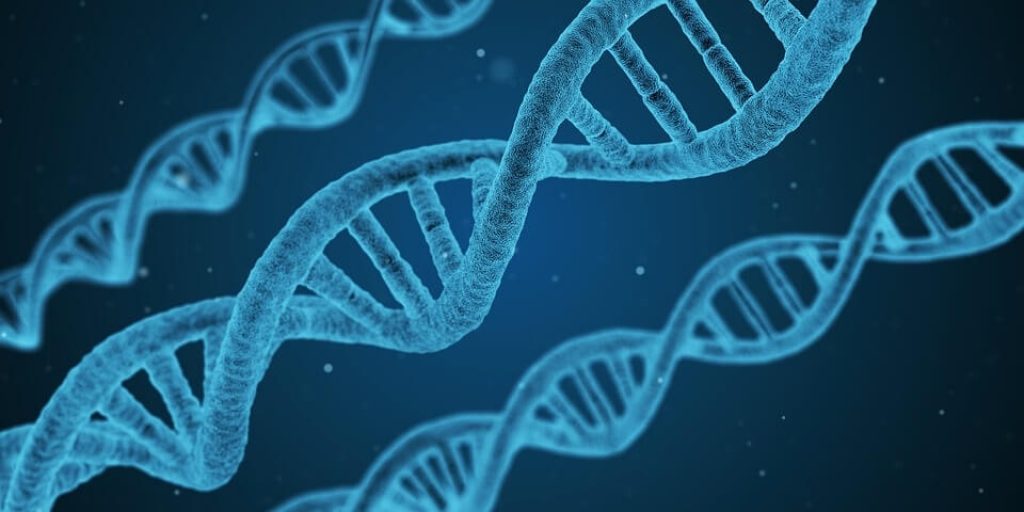
A long string of base pairs makes up a gene.
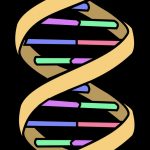
A long string of genes make up a chromatid. Two chromatids join together to form a chromosome.
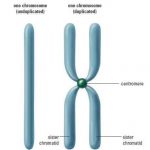
A tangle of chromosomes are contained in a membranous sack called a nucleus. Nearly every cell in the human body- aside from mature red blood cells, old skin cells, old hair cells, and old finger/toenail cells, which do not hold DNA- contains one nucleus. And every nucleus in a human body contains the exact same arrangement of chromosomes.
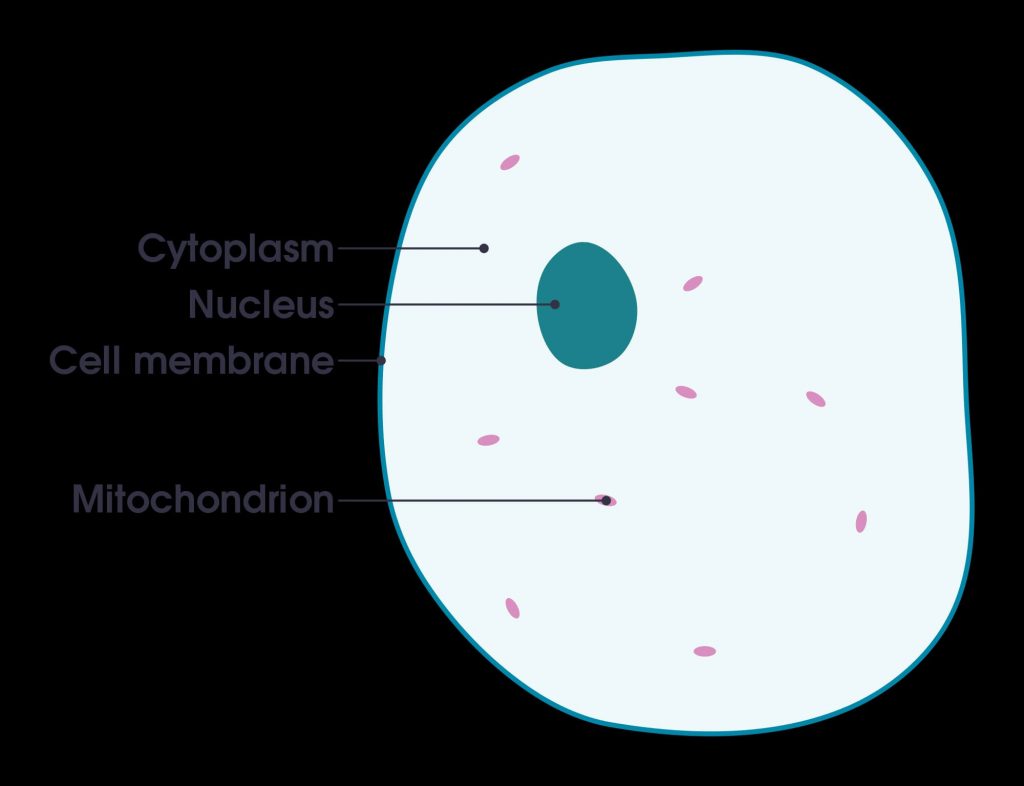
Normally, humans have 46 chromosomes- half of them inherited from the mother, and the other half from the father. These 46 chromosomes form 23 chromosome pairs, each chromosome encoding for the same category of instructions as its partner. The 23rd chromosome pair, the sex-determining chromosomes, determine the sexual characteristics of a person. There are only two types of these particular chromosomes: X and Y. Females have two ‘X’ chromosomes, while males have one ‘X’ and one ‘Y’.
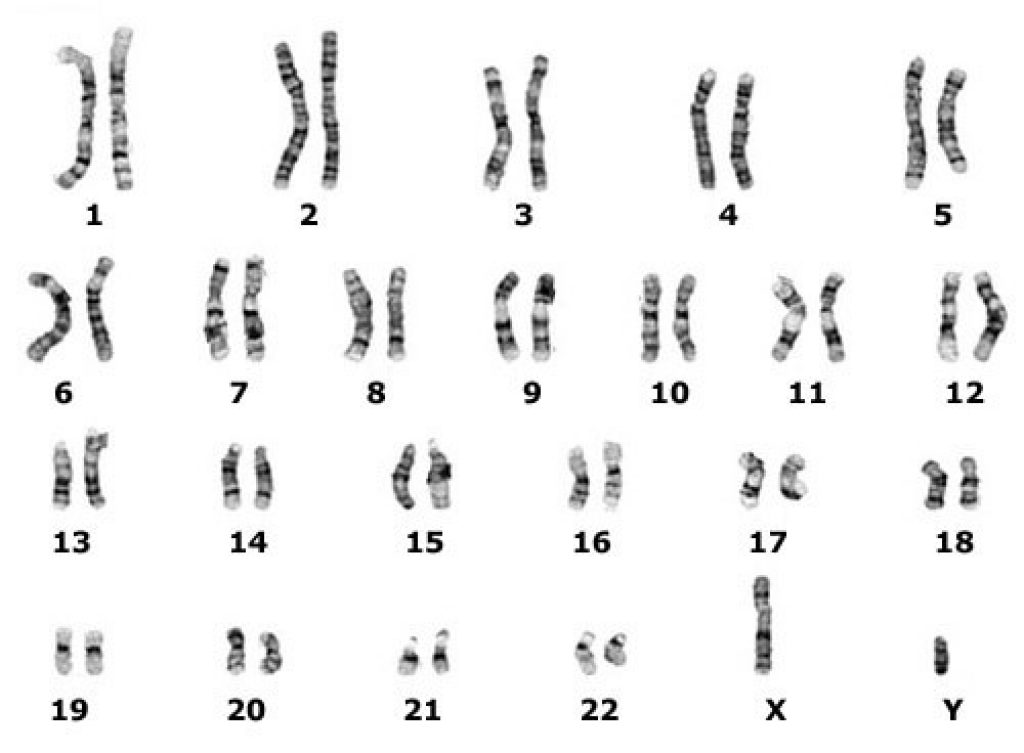
Another cellular structure which contains DNA is called a mitochondrion. Unlike nuclei, the number of mitochondria a cell contains depends on the type of cell. For example, liver cells have between 1000-2000 mitochondria, while heart muscle cells have around 5,000. The DNA that mitochondria contain, called ‘mitochondrial DNA’ or ‘mtDNA’, is different from the DNA found in nuclei. In humans, mtDNA only contains 37 genes (nuclei contain 20,000-25,000 genes), all of which are inherited from the mother.
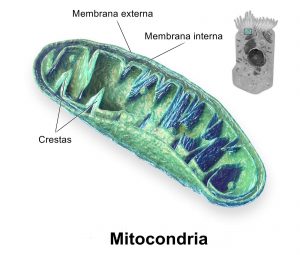
During the course of the Human Genome Project, a 15-year-long international scientific research project with the goal of determining the entire sequence of base pairs that make up human DNA (this project was completed in 2005), scientists discovered that groups of people who share an ancient common ancestor often share sections of identical genes called haplogroups. There are two broad categories of haplogroups: 1) Y-haplogroups; and 2) Mt-Haplogroups, or mitochondrial haplogroups. Y-haplogroups are found on Y chromosomes, and as such are only inherited from father to son. Mitochondrial haplogroups, on the other hand, are only found in mitochondria, and as such are only bequeathed by women. Both males and females can have mitochondrial haplogroups, while only males can have Y-haplogroups.
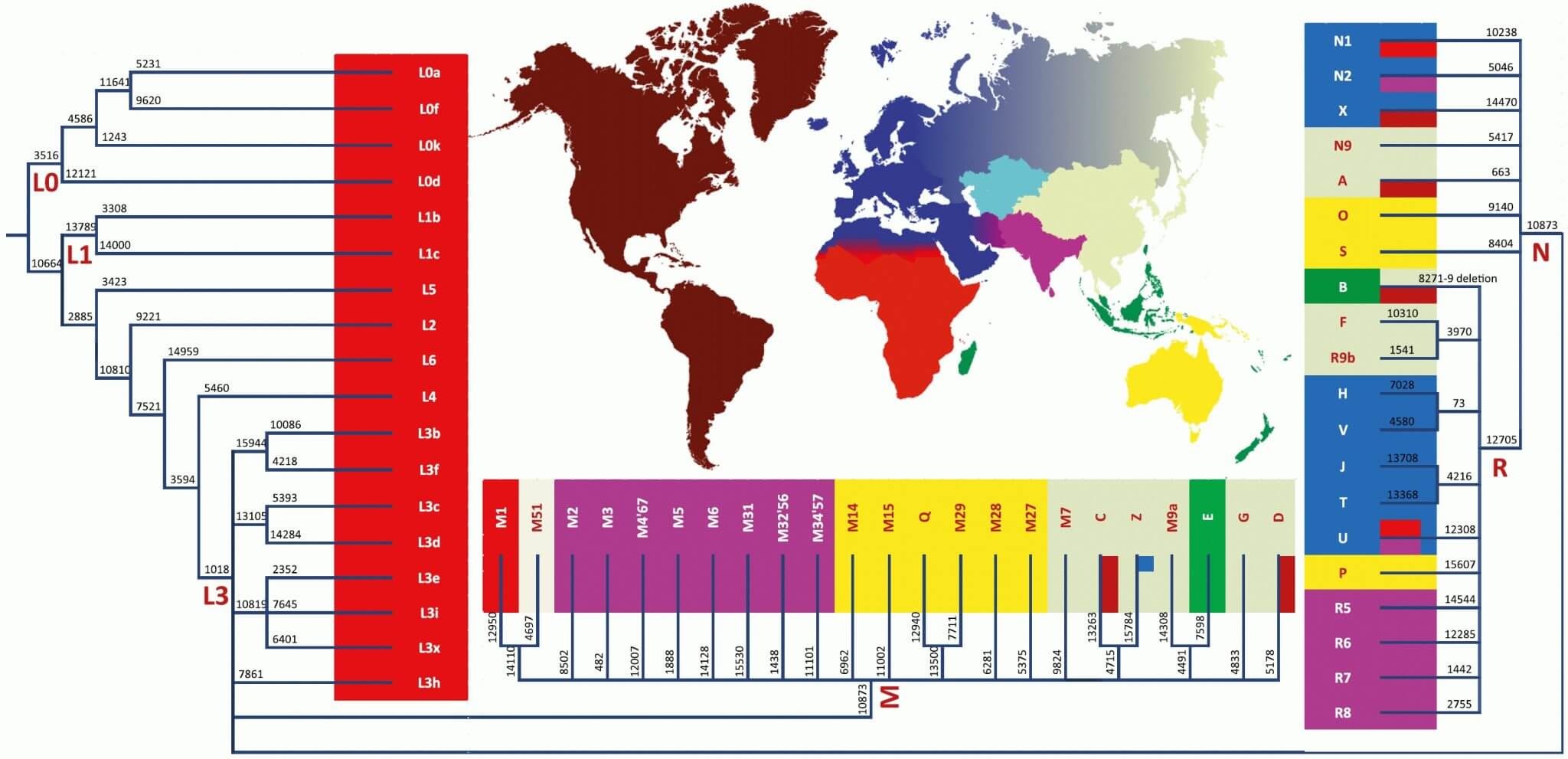
As of today, scientists have discovered 26 different mitochondrial haplogroups- one for each letter of the alphabet. In this episode of The Curse of Oak Island, it was revealed that one of the bone fragments brought up from H8 belongs to mitochondrial haplogroup H, one of the most prevalent haplogroups in Europe, and that the other belongs to mitochondrial haplogroup T, a group with origins in Mesopotamia (present-day Iraq, Kuwait, eastern Syria, and southeastern Turkey). Since there was no mention of the bones’ belonging to Y-haplogroups, there is a possibility that they might be female.
Want to Help?
If you enjoyed this article and would like to help support this website, please check out our online book shop:







Leave a Reply